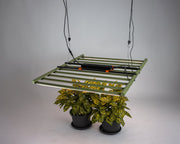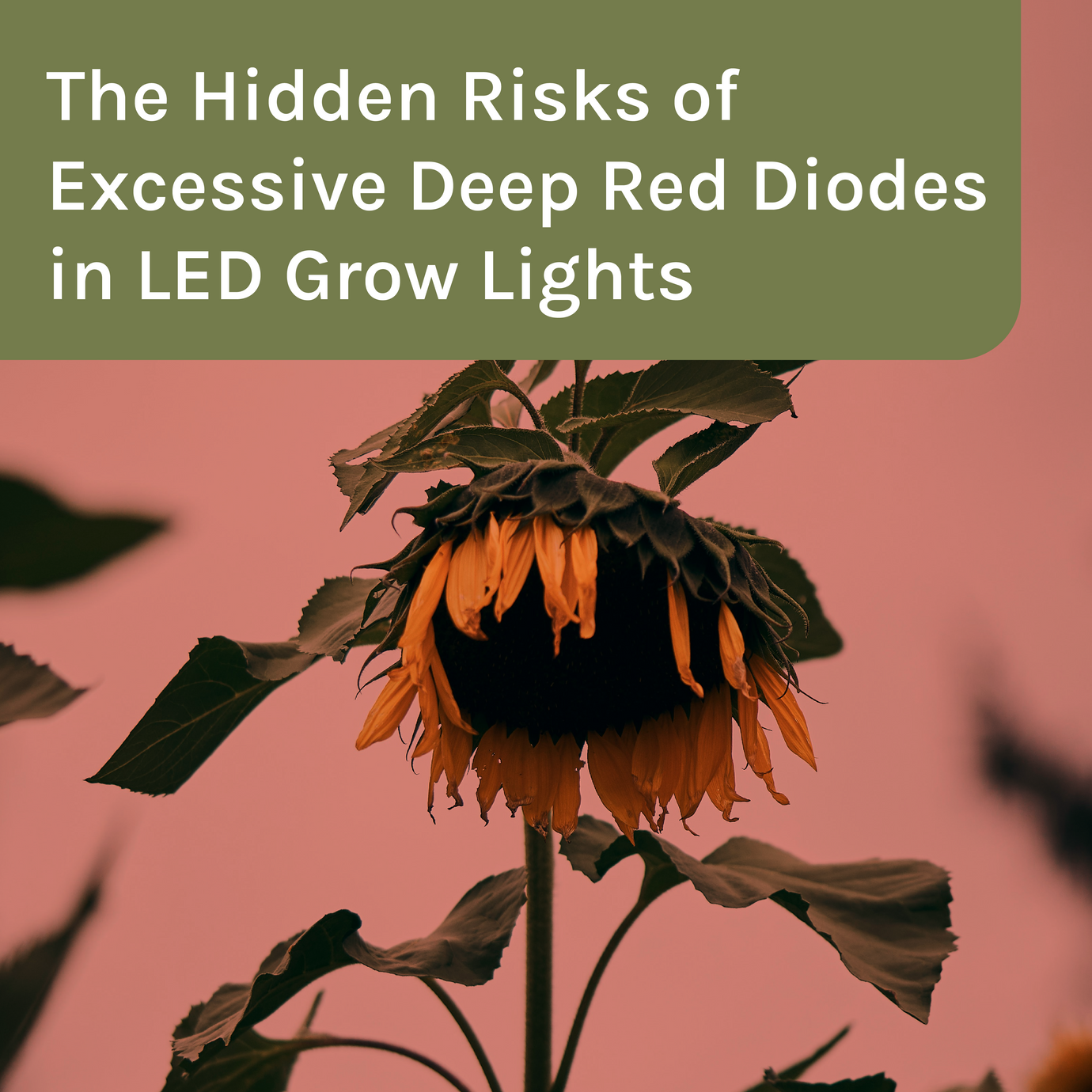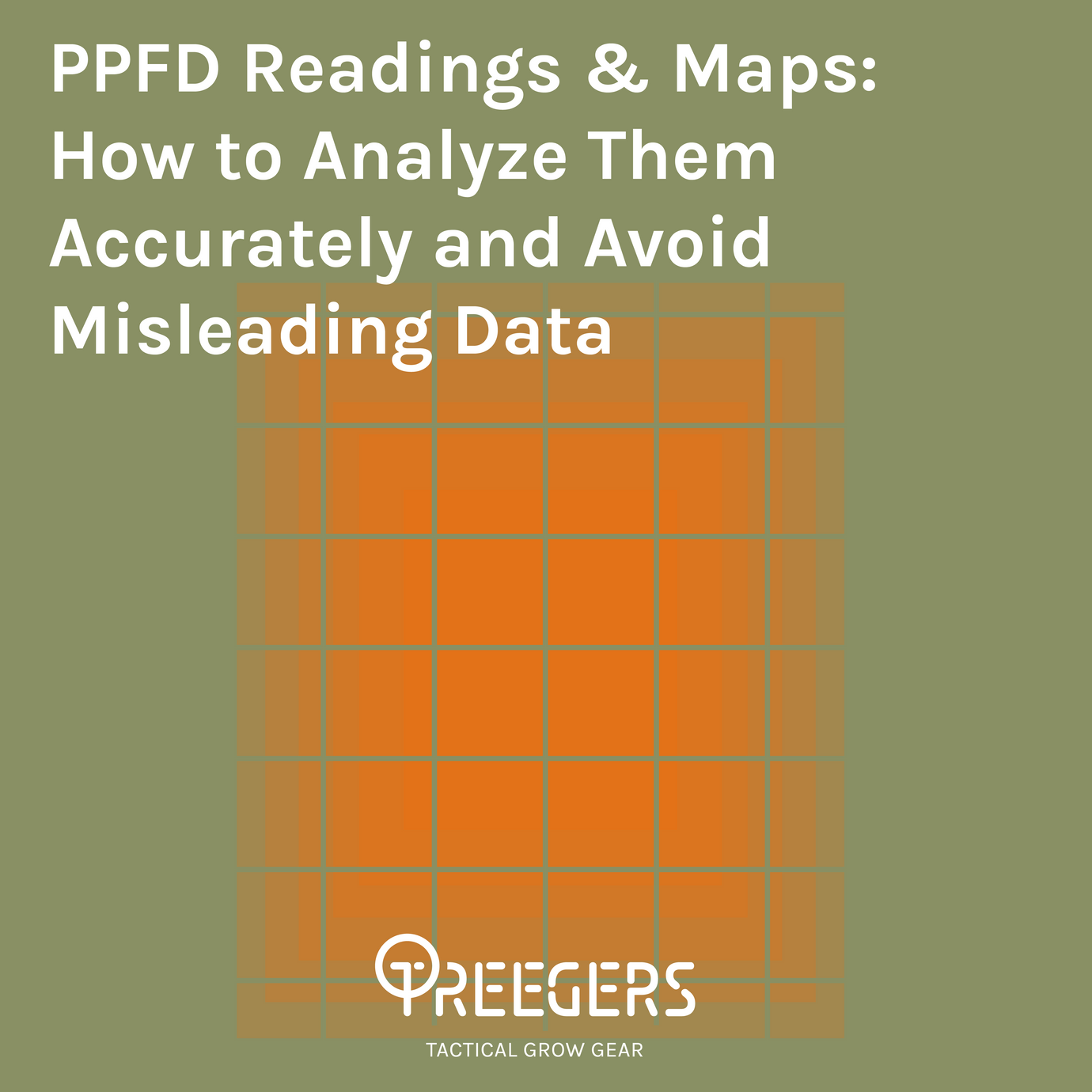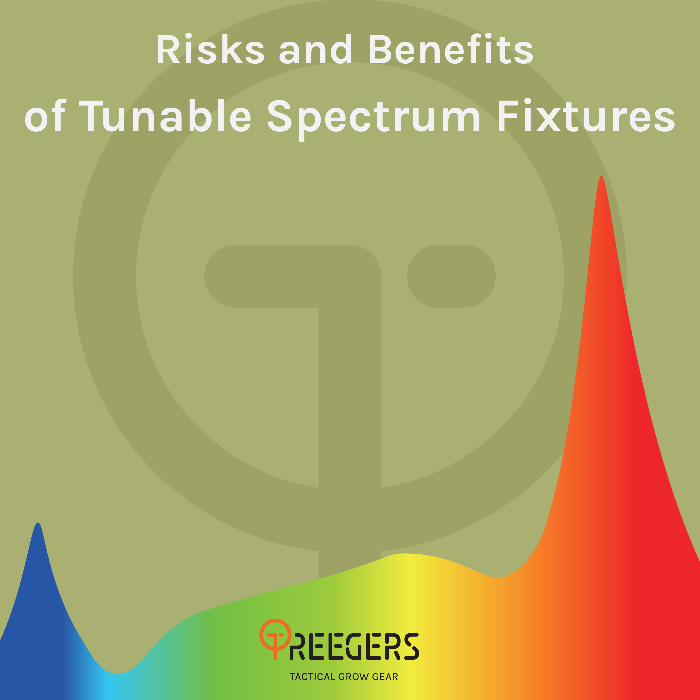The Science of Light Spectrums: How Different Light Frequencies Affect Plant Growth

A key component of horticultural lighting is the study of light spectrums since differing light frequencies can significantly affect plant growth and development. The range of light that plants may use for photosynthesis, known as the visible light spectrum or photosynthetically active radiation (PAR), spans from 400 to 700 nanometers. Different light frequencies within this range affect plants in various ways.
Blue light, for instance, which has a wavelength between 400 and 500 nanometers, is crucial for vegetative growth and the formation of robust stems and leaves. Between 600 and 700 nanometers in wavelength, red light is crucial for flowering as well as the growth of fruit and seeds.
. Growers can improve development and boost harvests by giving plants the proper ratio of light frequencies.
Plants need the ideal combination of light frequencies for optimum growth, which is why horticultural LED lights are created specifically for this purpose. They produce a complete spectrum of light and may be adjusted to offer the ideal ratio of light frequencies for various growth stages. They are a cost-efficient and sustainable option for producers because they are also energy-efficient and have a long lifespan. The science of light spectrums must be understood in order to grow plants successfully under horticultural lighting, especially when growing medical cannabis.






